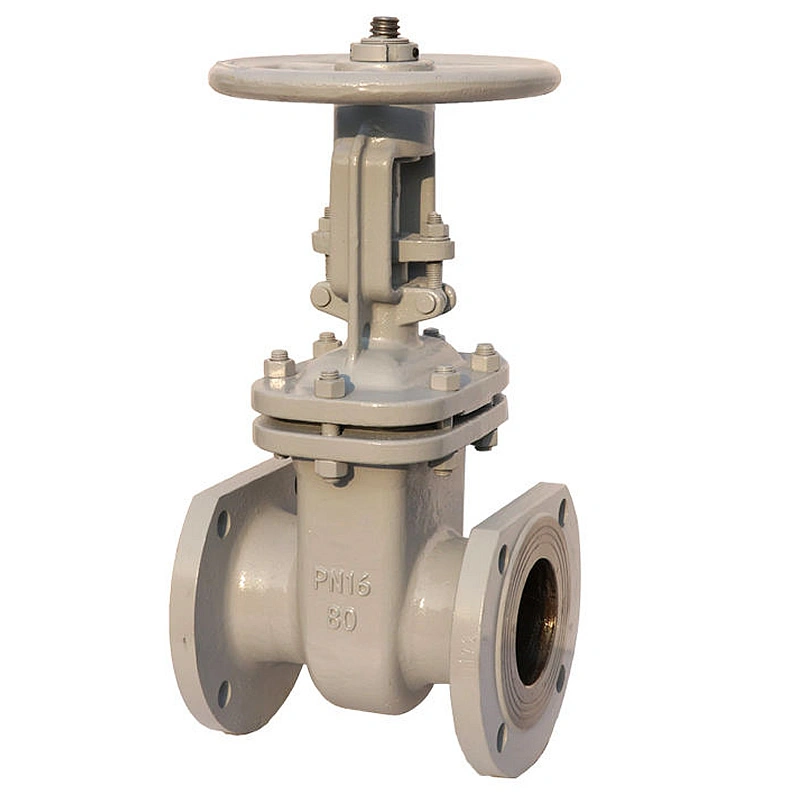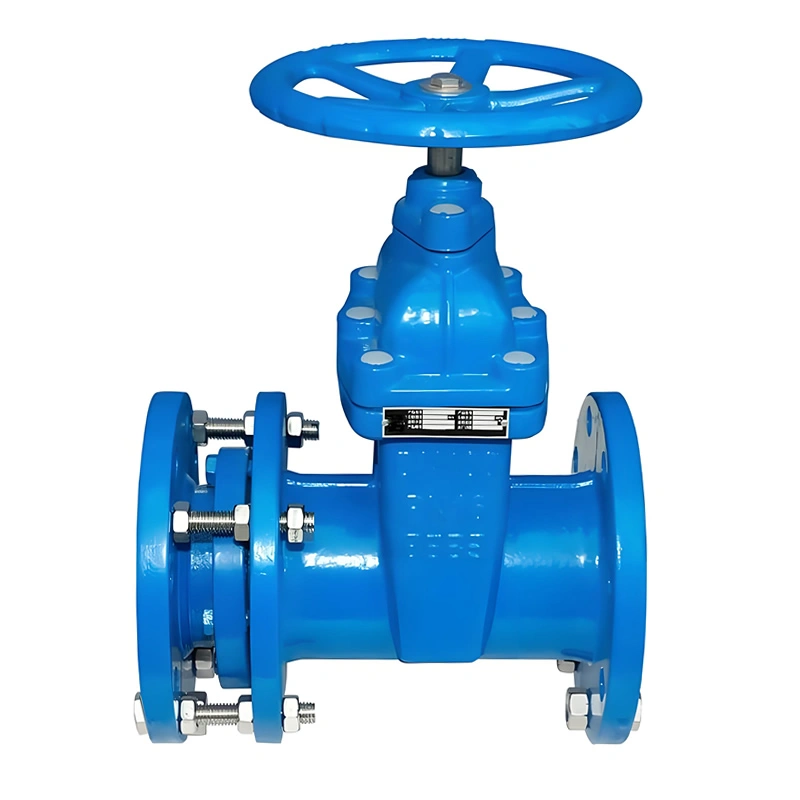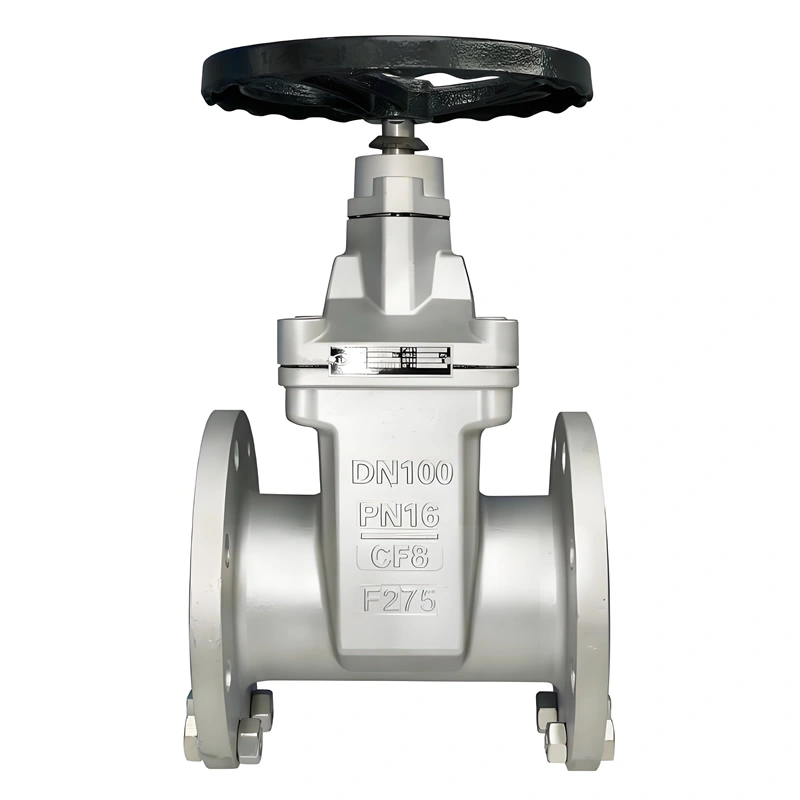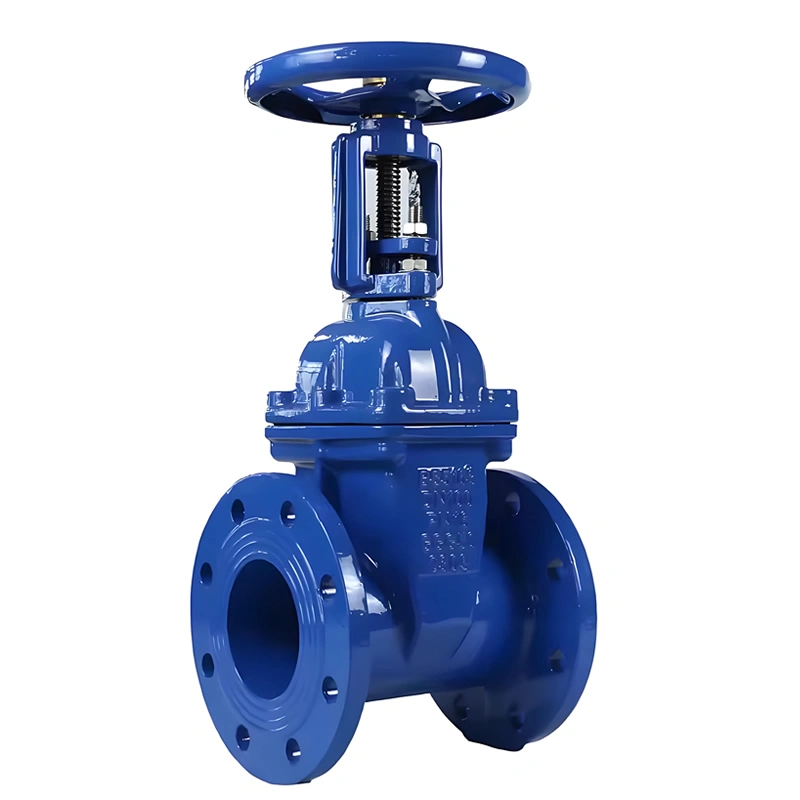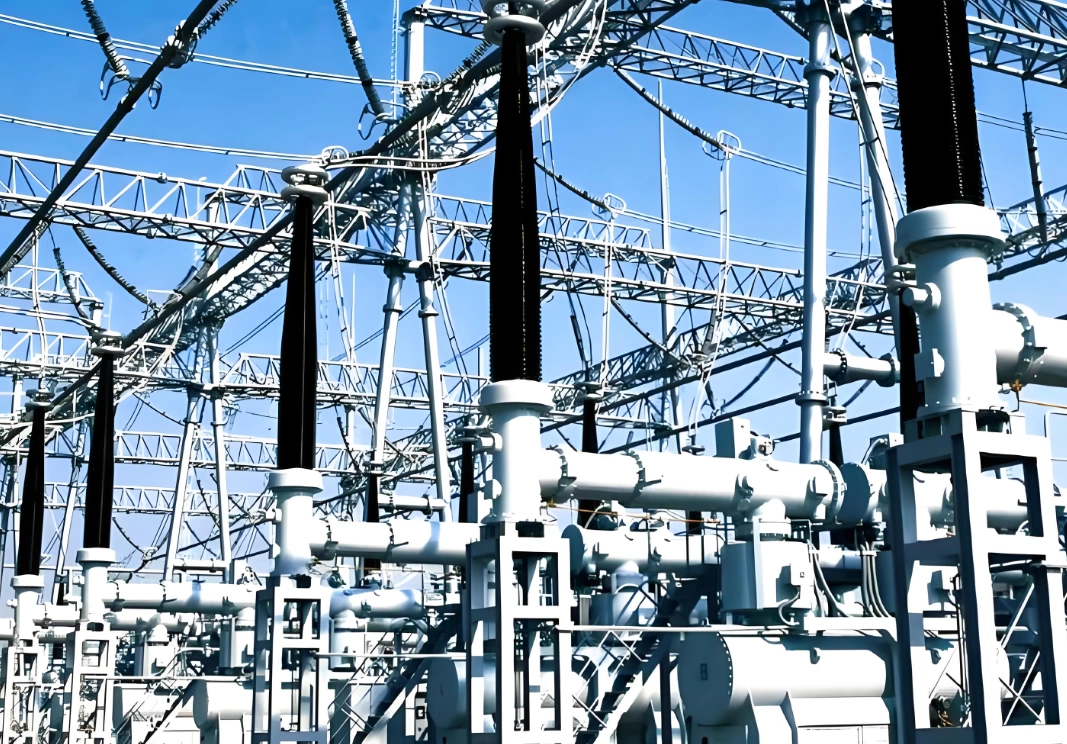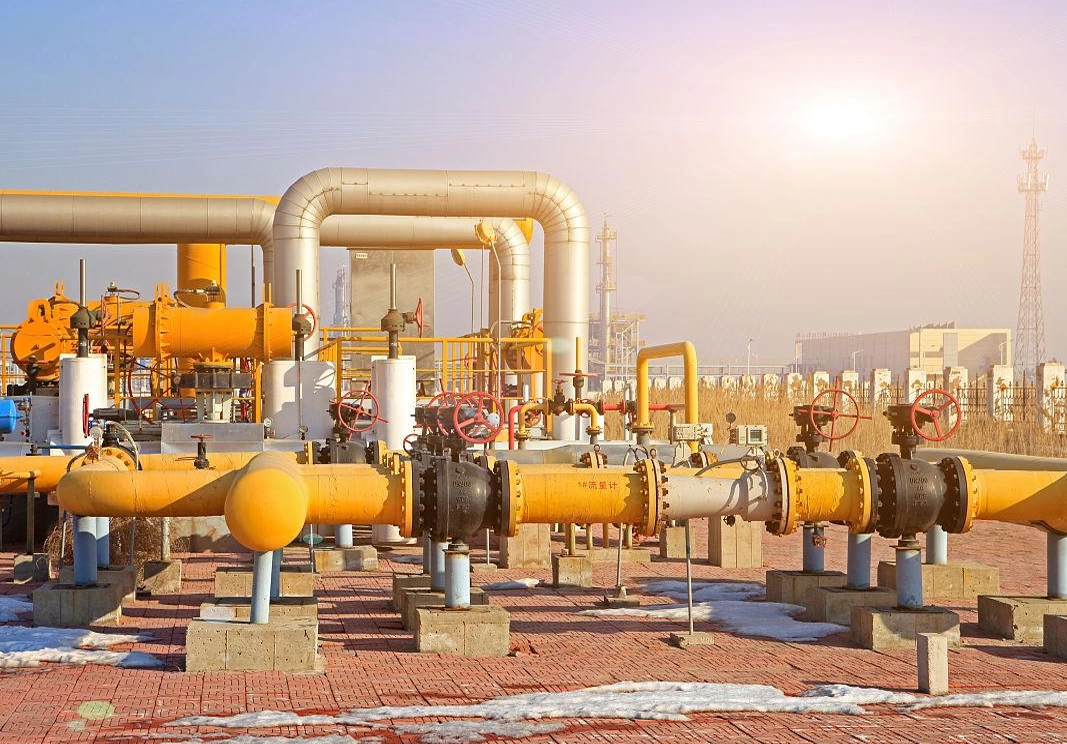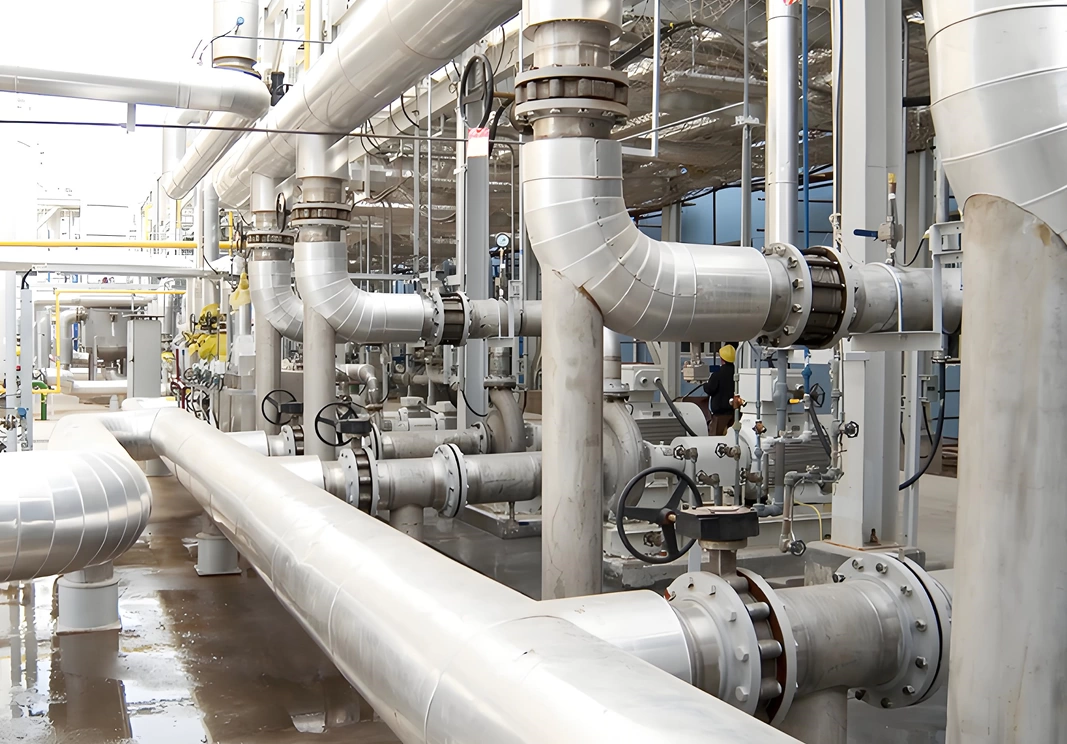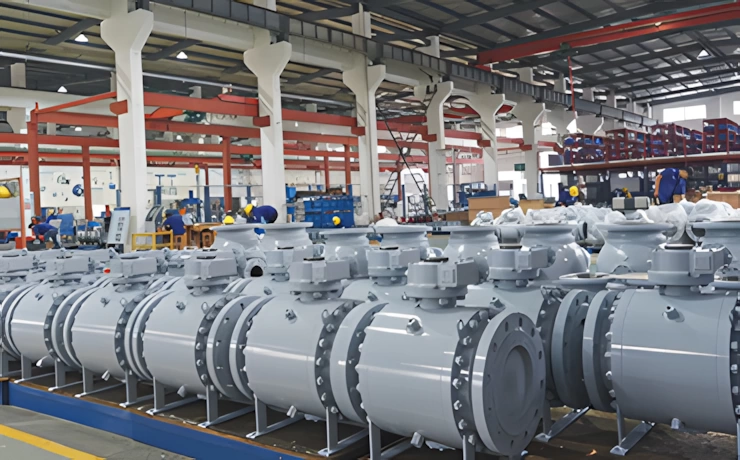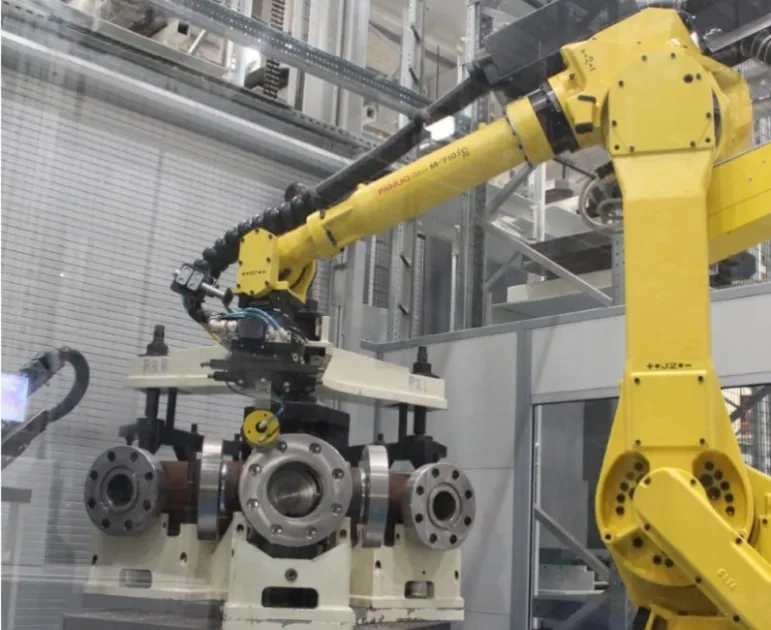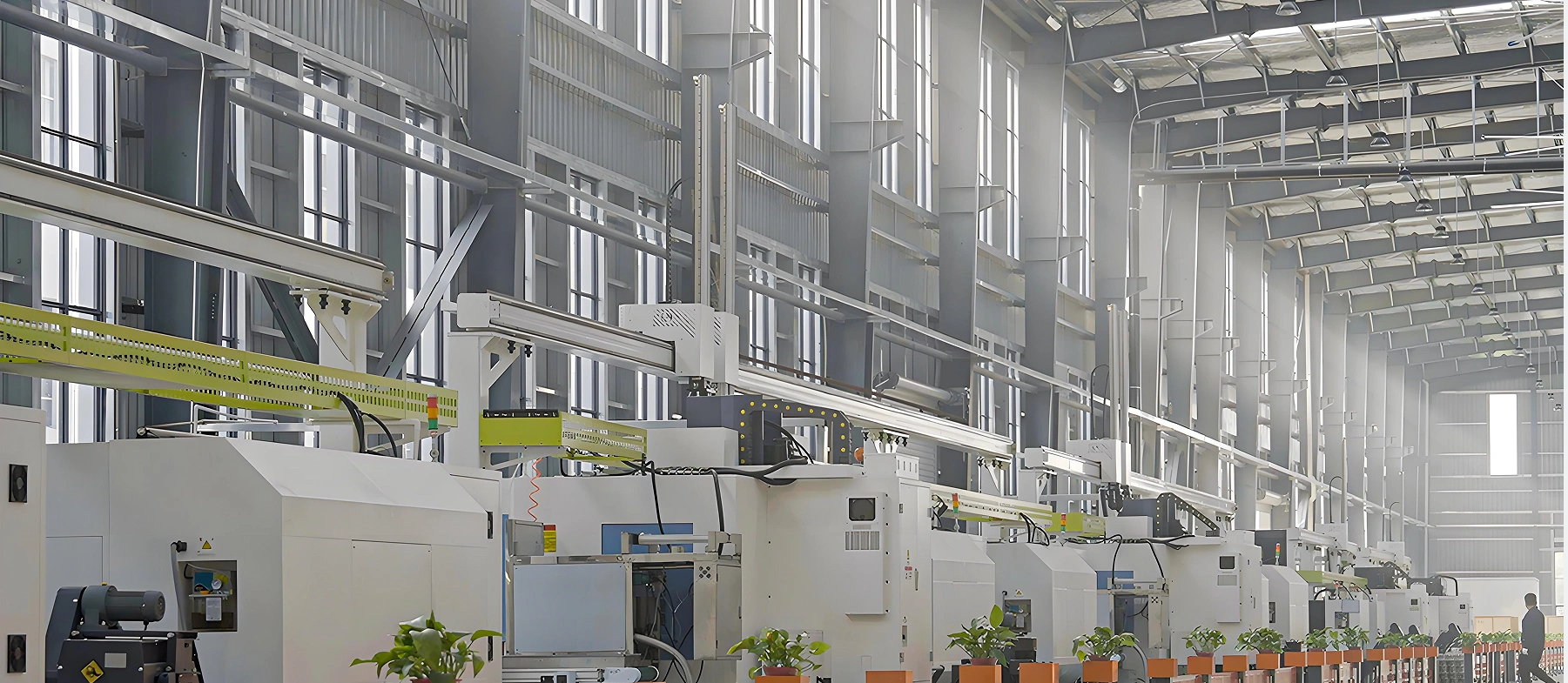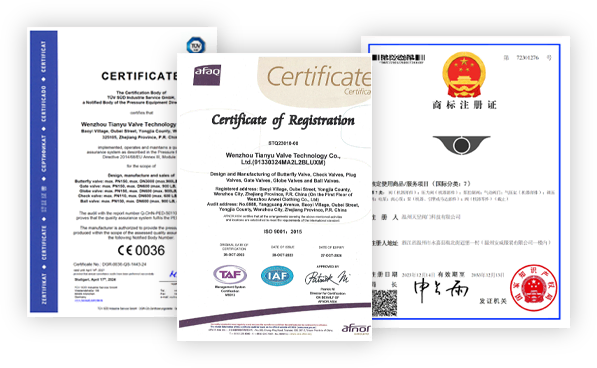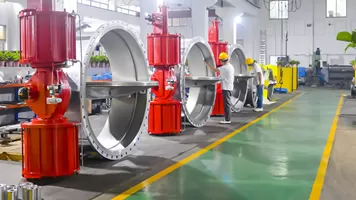The valve’s full adherence to GOST standards is its defining advantage for Russian and CIS markets. Unlike generic international valves, it meets the exact dimensional, material, and testing requirements of GOST 28099 and GOST 33259, ensuring compatibility with existing Russian pipeline systems. For example, GOST 12815 flanges match the drilling patterns of Russian-made pumps, pipes, and fittings, eliminating the need for adapters or modifications—critical for retrofitting projects in aging industrial facilities.
GOST R certification (mandatory for public and industrial projects in Russia) validates the valve’s quality and safety, simplifying regulatory approval and reducing project delays. In government-funded municipal water projects or state-owned oil refineries, this compliance is non-negotiable, making TIANYU’s valve a trusted choice for contractors and end-users.
The wedge gate’s tapered design ensures tight sealing by leveraging media pressure to press the gate against the seat. This self-actuating sealing mechanism works effectively across the valve’s pressure range (PN10-PN25), maintaining leak-tight performance even during pressure spikes (e.g., pump startup in industrial systems) or drops (e.g., low-demand periods in municipal water lines).
Flexible wedge options adapt to real-world pipeline conditions: the split flexible wedge compensates for minor misalignment or thermal expansion (common in buried pipelines), while the rigid wedge provides stability for high-pressure PN25 applications. In field tests, the wedge design maintained ANSI/FCI Class VI (soft seal) leakage after 8,000 open-close cycles, outperforming flat-gate valves in sealing consistency.
Russian standard 25Г2С cast steel is engineered for toughness and resilience, making it ideal for Russia’s extreme climates and industrial conditions:
- Temperature Resistance: Performs reliably from -20℃ (typical winter lows in central Russia) to 300℃ (high-temperature industrial steam), avoiding brittle fracture in cold weather or deformation in heat.
- Mechanical Strength: Withstands mechanical impact and pressure fluctuations, common in industrial pipelines handling oil or gas. In metallurgical plants, the cast steel body resists vibration from heavy machinery, maintaining structural integrity over years of use.
- Corrosion Resistance: Epoxy coating (GOST 9.402) protects against rust in outdoor or buried installations, while optional 08Х18Н10Т stainless steel extends corrosion resistance to chloride-rich media (e.g., seawater in Baltic coastal projects).
Manual operation eliminates the need for electric, pneumatic, or hydraulic actuators, reducing upfront costs by 30–40% compared to automated valves. This is particularly valuable for:
- Remote locations without power access (e.g., rural water supply lines in Siberia, oil well sites in Western Siberia).
- Low-frequency operation scenarios (e.g., pipeline maintenance isolation, seasonal flow adjustment in irrigation systems).
- Budget-sensitive municipal projects (e.g., small-town water treatment plants).
The handwheel’s ergonomic design and optimized torque ensure ease of use: even DN300 PN25 valves can be operated by a single worker, with smooth rotation enabled by precision-threaded stems and lubricated packing. The trapezoidal thread (GOST 9150) resists wear and jamming, ensuring reliable operation in dusty or wet industrial environments.
Flanged connections (GOST 12815) offer distinct advantages for Russian projects:
- Leak-Tight Integrity: The raised face (RF) flange and graphite-reinforced gasket create a robust seal, even under vibration or pressure fluctuations. In oil refineries, this design has maintained zero leakage for 5+ years, outperforming threaded connections that require frequent tightening.
- Simplified Maintenance: Flanges allow the valve to be removed from the pipeline without cutting, reducing downtime by 70% compared to welded valves. For example, replacing a worn soft seal in a DN80 valve takes 1–2 hours with flanged connections, versus 4–6 hours for welded valves.
- Compatibility: GOST 12815 flanges match existing Russian pipeline components, enabling easy retrofitting. A Moscow municipal project, for instance, replaced aging cast iron valves with TIANYU’s DN100 model without modifying pipeline flanges, saving time and costs.
- Raw Material Verification: All materials comply with Russian GOST standards:
- 25Г2С cast steel billets undergo spectral analysis (GOST 19281) to confirm chemical composition (C: 0.22–0.30%, Mn: 1.00–1.50%) and ultrasonic testing (UT, GOST 9.012) to detect internal defects (porosity, cracks).
- 08Х18Н10Т stainless steel is verified via positive material identification (PMI) to ensure chromium (17–19%) and nickel (8–11%) content, meeting corrosion resistance requirements.
- EPDM/PTFE seals are tested to GOST 24756 for compression set, tensile strength, and temperature resistance, ensuring compatibility with the valve’s operating range.
- Surface Preparation:
- Cast components (body, bonnet, gate) are sandblasted (GOST 9.304) to remove scale and surface defects, improving paint adhesion.
- Valve stems are heat-treated (quenching and tempering) to enhance strength, then polished to a surface roughness of Ra ≤1.6μm to reduce friction with packing.
- Flange faces are machined to flatness tolerance ≤0.05mm/m (GOST 12815) and surface finish Ra ≤3.2μm for proper gasket seating.
- Valve Body & Bonnet: CNC turning and milling centers shape the body and bonnet, with internal seat surfaces honed to a diameter tolerance of H7 (0–+0.03mm) to ensure uniform contact with the wedge gate. Flange drilling is performed using CNC drilling machines, matching GOST 12815 dimensions with a tolerance of ±0.1mm.
- Wedge Gate: The gate is CNC-turned to precise wedge angles (5°–10°) and lapped to a surface roughness of Ra ≤0.8μm. For metal-sealed valves, Stellite 6 is welded to the gate’s sealing face via TIG welding (GOST 26011), then ground to a uniform thickness of 1.5–2.0mm.
- Valve Stem: Threading (trapezoidal, GOST 9150) is performed via thread rolling for wear resistance, with a thread pitch optimized for smooth operation. The stem’s upper end is machined to fit the handwheel nut, ensuring secure torque transmission.
- Seal Installation: Soft seals (EPDM/PTFE) are precision-cut to match the seat’s profile and press-fitted into the valve body, with retaining rings to prevent displacement during operation. Metal seals are lapped with the gate to ensure uniform contact, achieving ANSI/FCI Class IV leakage performance.
- Valve Stem & Handwheel Assembly: The stem is inserted through the bonnet, with graphite-impregnated PTFE packing (GOST 24756) installed to prevent media leakage. The handwheel is mounted via a brass nut, with a cotter pin (GOST 13994) to secure it against rotation.
- Final Alignment: The gate is adjusted to ensure 0.1–0.2mm preload against the seat, and the stem’s axial runout is tested to ≤0.05mm to avoid binding during operation.
- Hydrostatic Testing:
- Shell Test: The valve body is filled with water and pressurized to 1.5×rated pressure (e.g., 3.75MPa for PN25) for 30 minutes (GOST 28099). No leakage, sweating, or deformation is allowed—test results are documented in a hydrostatic test report.
- Seat Test: The valve is closed, and water is pressurized to 1.1×rated pressure (e.g., 2.75MPa for PN25) on the inlet side. Leakage is measured via a flow meter: ≤0.1×DN mm³/min for soft seals (ANSI Class VI) and ≤0.01% of rated flow for metal seals (ANSI Class IV).
- Operational Testing: The valve undergoes 100 open-close cycles to verify smooth operation, with torque measured at each cycle (variation ≤5%). The handwheel is tested to ensure it can fully open/close the valve within 10–15 turns (DN80) to 30–40 turns (DN300).
- Non-Destructive Testing (NDT): Cast components are inspected via magnetic particle testing (MPI, GOST 9.072) to detect surface cracks, ensuring structural integrity.
- GOST Certification: Final inspection includes verification of dimensional compliance (GOST 12815, GOST 28099) and compilation of certification documents (GOST R certificate, material test reports, test records) for delivery.


